I have a functions app in azure that both a machine (client credential flow) and humans (authorization code flow) need to be able to authorize/authenticate against.
Initially I was using easy-auth, Azures out-of-the-box solution for securing functions apps. However according to this https://stackoverflow.com/a/57357226/7411328 it's not possible to use the client credentials flow with easy auth. Although I don't understand why this is. Why is it not possbile to use the same authority for two different flows with a single app registration?
Making the assumption (perhaps incorrectly) that the above is true and I have to implement JWT validation on my own.
Is there any reliable way to tell whether an API is being called by a machine or by a human?
Should I still do it with two seperate app registrations?
My understanding of these technologies might inadequate to properly ask the question, please let me know if I can do anything to clarify the question.

